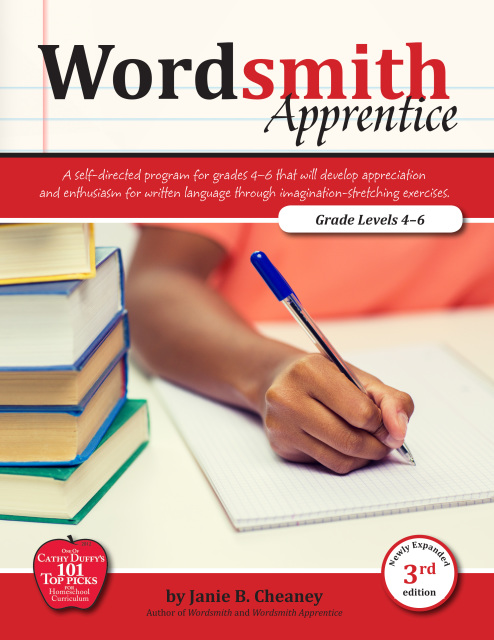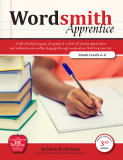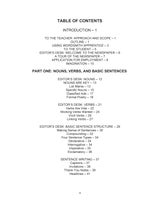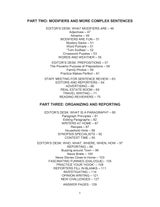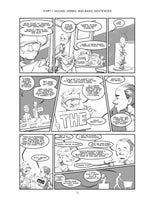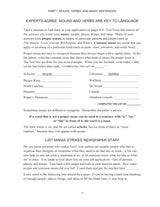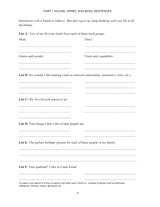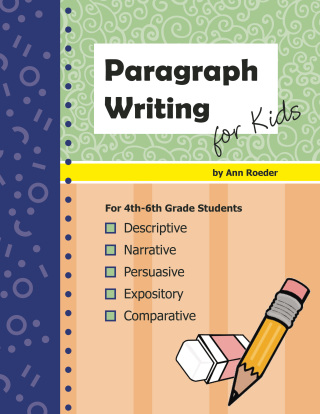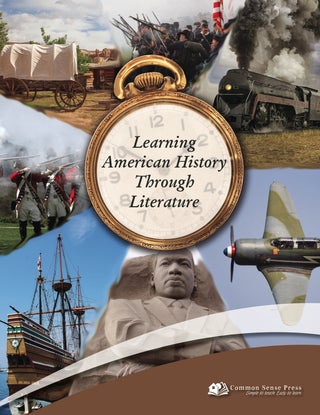- Language Arts
- >
- Wordsmith
- >
- Wordsmith Apprentice 3rd Edition - 4th through 6th Grade
Wordsmith Apprentice 3rd Edition - 4th through 6th Grade
SKU:
$18.00
$18.00
Unavailable
per item
4th through 6th Grade
Get the e-book here
For more information about Wordsmith and to contact the author directly, visit the new Wordsmith website.
Get the e-book here
For more information about Wordsmith and to contact the author directly, visit the new Wordsmith website.
Wordsmith Apprentice
4th - 6th Grade skills
-
Product Description
-
Sample/Other Resources
-
Reviews
-
Scope and Sequence
<
>
All the practicality, humor and fun of Wordsmith, but written for the younger student, ages 9-12. An easy to use writing course encouraging students to develop their writing skills as they participate in every role on a newspaper staff: editor, reporter, writer, etc.
Children develop a love for writing as they express themselves through sentence and paragraph writing, persuasive writing, and much more.
The third edition has a larger font and cleaner type for easier reading. With added examples and delightful new illustrations, developing writing skills is made fun and easy.
For more information about Wordsmith and to contact the author directly, visit the new Wordsmith website.
Children develop a love for writing as they express themselves through sentence and paragraph writing, persuasive writing, and much more.
The third edition has a larger font and cleaner type for easier reading. With added examples and delightful new illustrations, developing writing skills is made fun and easy.
For more information about Wordsmith and to contact the author directly, visit the new Wordsmith website.
Download a FREE sample of Wordsmith Apprentice.
Use the following lesson plan to help your student by providing feedback and follow-through.
Use the following lesson plan to help your student by providing feedback and follow-through.
Janie Cheaney translates the same enthusiasm, humor, and energy that so impressed me in the older-level book in this course for younger students.
Cathy Duffy -- 102 Top Picks for Homeschool Curriculum
Read Cathy Duffy's review of the Wordsmith series.
It is straightforward to follow, and the directions are simple and clear. There is no magic system to master first. Additionally, most of the work is done in the workbook or a simple composition book (no random pieces of paper cluttering up my house!).
Redeemed Reader
Read a review of the Wordsmith series from the Redeemed Reader.
Video Reviews
Wordsmith Apprentice was created with two basic purposes in mind:
1) To supplement and apply grammatical principles. Many students learn punctuation, parts of speech, and basic sentence structure as workbook "exercises" but don't necessarily see the relevance to actual writing. Every grammatical principle taught in Wordsmith Apprentice will be applied to several unusual exercises and at least one writing project, reinforcing the idea that there's a reason we learn this stuff!
2) To introduce the student to several types and purposes of writing, in an imaginative way that will create enthusiasm for the subject. The newspaper theme provides a practical, relevant format for exploring the many ways we use the written word.
PART ONE: NOUNS, VERBS AND SENTENCES
Nouns
Principles taught: how to recognize nouns by "noun markers" (articles); the difference between proper and common nouns; the importance of specific nouns over general ones.
Projects: "For sale" ads, cinquain and other types of "form" poetry
Verbs
Principles taught: the difference between action, helping and linking verbs; preferring vivid actions verbs
Projects: "Help wanted" ads, action poetry, writing definitions
Sentence structure
Principles taught: the two basic sentence forms; subject and predicate; compounding; the four sentence types
Projects: picture captions; invitations; letters; newspaper headlines
PART TWO: MODIFIERS
Adjectives and adverbs
Principles taught: how to recognize adjectives and adverbs and how they are used
Projects: games and word puzzles; diamante poems
Prepositions
Principles taught: what prepositions are and how they are used
Projects: expanded picture captions, display ads, real-estate ads, travel writing, book reviews
PART THREE: ORGANIZING AND REPORTING
Paragraphs
Principles taught: recognizing topic sentences and sentences that don't belong; good organization
Projects: recipe writing, household hints, writing synopses for movies and TV shows, organizing a contest
Reporting
Principles taught: the five "W's" (who, what, when, where, why), plus "how"
Projects: fictional and actual news stories
Dialogue
Principles taught: what dialogue is and how it is represented on paper
Projects: comic strips
Introductory sentences and paragraphs
Principles taught: what makes an interesting "hook"
Projects: writing original articles from pictures; interviews
Fact and Opinion
Principles taught: the difference between reporting and opining; steps to writing an opinion piece
Project: editorials
1) To supplement and apply grammatical principles. Many students learn punctuation, parts of speech, and basic sentence structure as workbook "exercises" but don't necessarily see the relevance to actual writing. Every grammatical principle taught in Wordsmith Apprentice will be applied to several unusual exercises and at least one writing project, reinforcing the idea that there's a reason we learn this stuff!
2) To introduce the student to several types and purposes of writing, in an imaginative way that will create enthusiasm for the subject. The newspaper theme provides a practical, relevant format for exploring the many ways we use the written word.
PART ONE: NOUNS, VERBS AND SENTENCES
Nouns
Principles taught: how to recognize nouns by "noun markers" (articles); the difference between proper and common nouns; the importance of specific nouns over general ones.
Projects: "For sale" ads, cinquain and other types of "form" poetry
Verbs
Principles taught: the difference between action, helping and linking verbs; preferring vivid actions verbs
Projects: "Help wanted" ads, action poetry, writing definitions
Sentence structure
Principles taught: the two basic sentence forms; subject and predicate; compounding; the four sentence types
Projects: picture captions; invitations; letters; newspaper headlines
PART TWO: MODIFIERS
Adjectives and adverbs
Principles taught: how to recognize adjectives and adverbs and how they are used
Projects: games and word puzzles; diamante poems
Prepositions
Principles taught: what prepositions are and how they are used
Projects: expanded picture captions, display ads, real-estate ads, travel writing, book reviews
PART THREE: ORGANIZING AND REPORTING
Paragraphs
Principles taught: recognizing topic sentences and sentences that don't belong; good organization
Projects: recipe writing, household hints, writing synopses for movies and TV shows, organizing a contest
Reporting
Principles taught: the five "W's" (who, what, when, where, why), plus "how"
Projects: fictional and actual news stories
Dialogue
Principles taught: what dialogue is and how it is represented on paper
Projects: comic strips
Introductory sentences and paragraphs
Principles taught: what makes an interesting "hook"
Projects: writing original articles from pictures; interviews
Fact and Opinion
Principles taught: the difference between reporting and opining; steps to writing an opinion piece
Project: editorials
Recommended products...
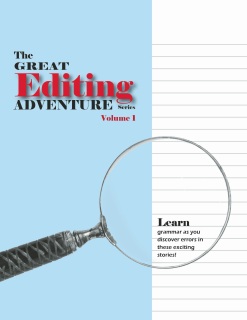
The Great Editing Adventure Series Vol. 1 (4th – 6th Grade)
The Great Editing Adventure Series
4th – 6th Grade Skills
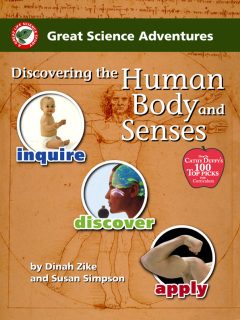
On Sale
On Sale
Discovering the Human Body and Senses
Materials Packet - a digital file of the consumable portion from the book

